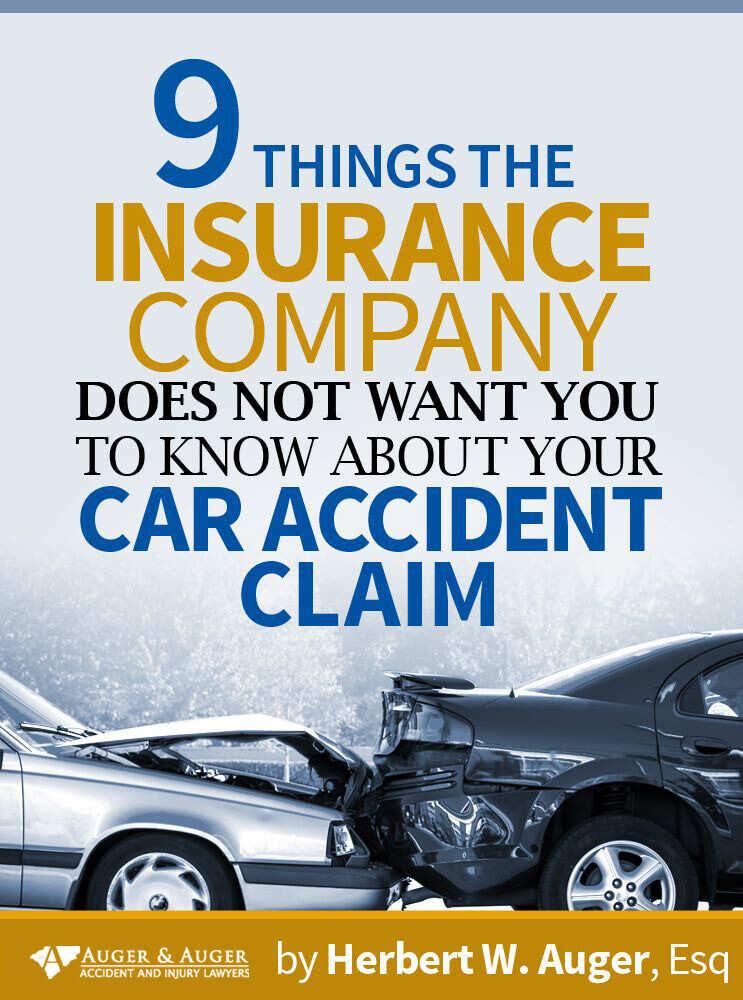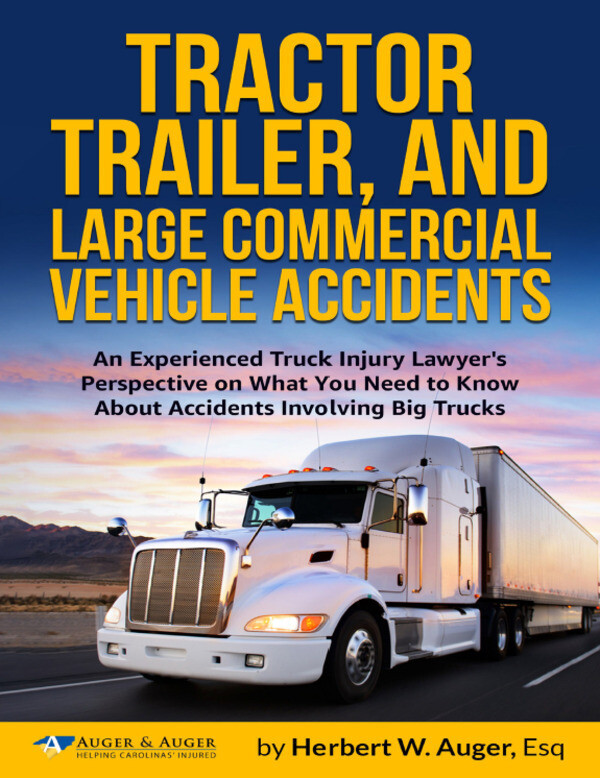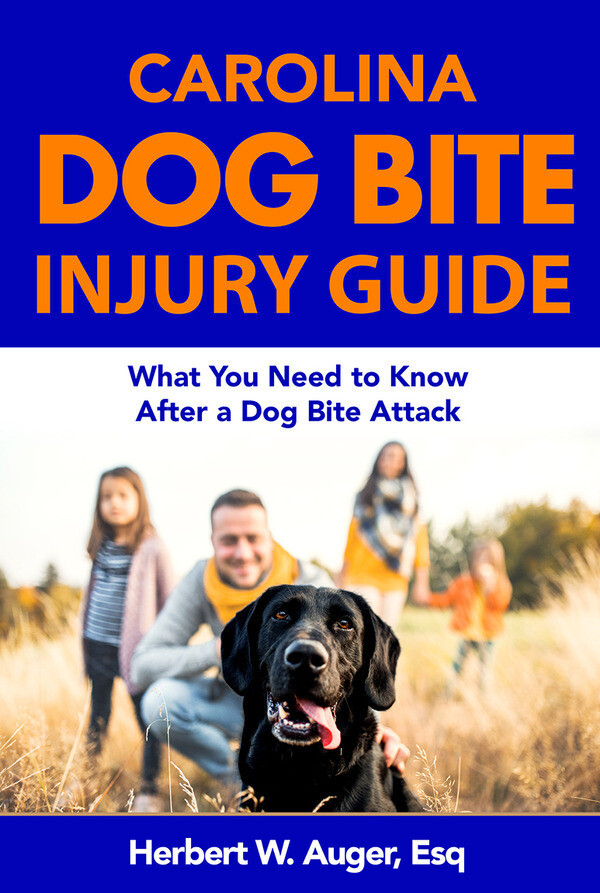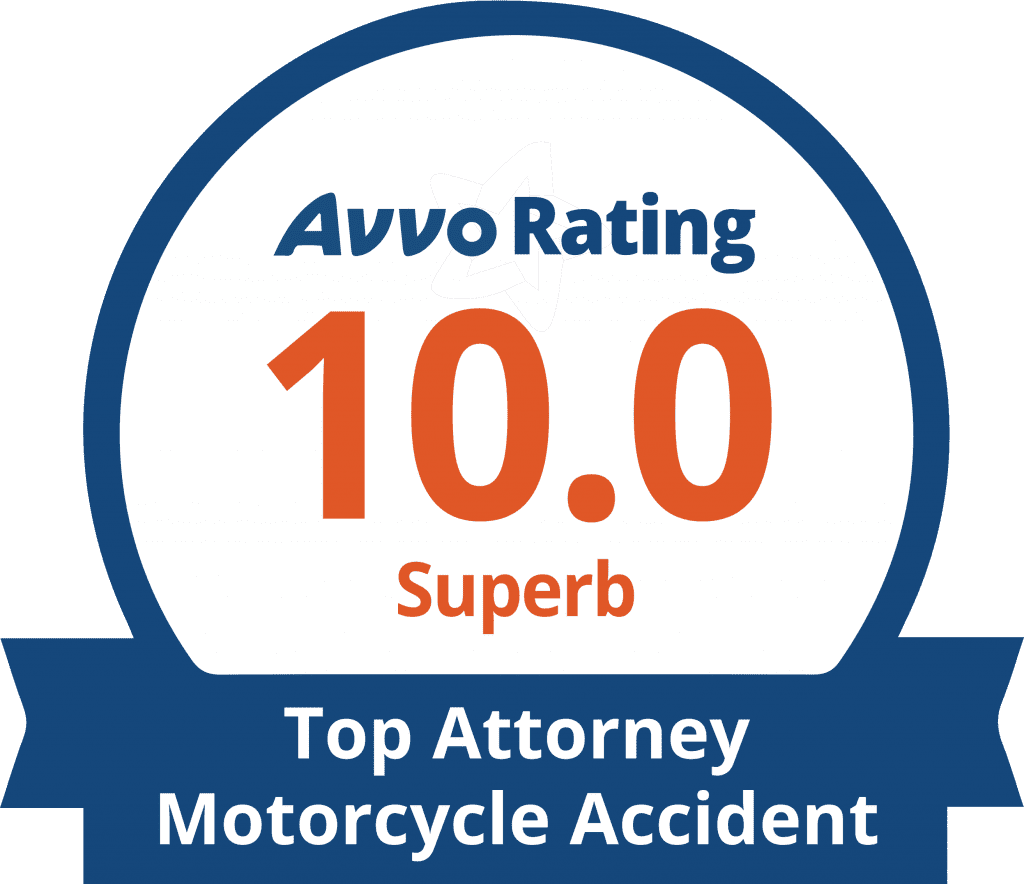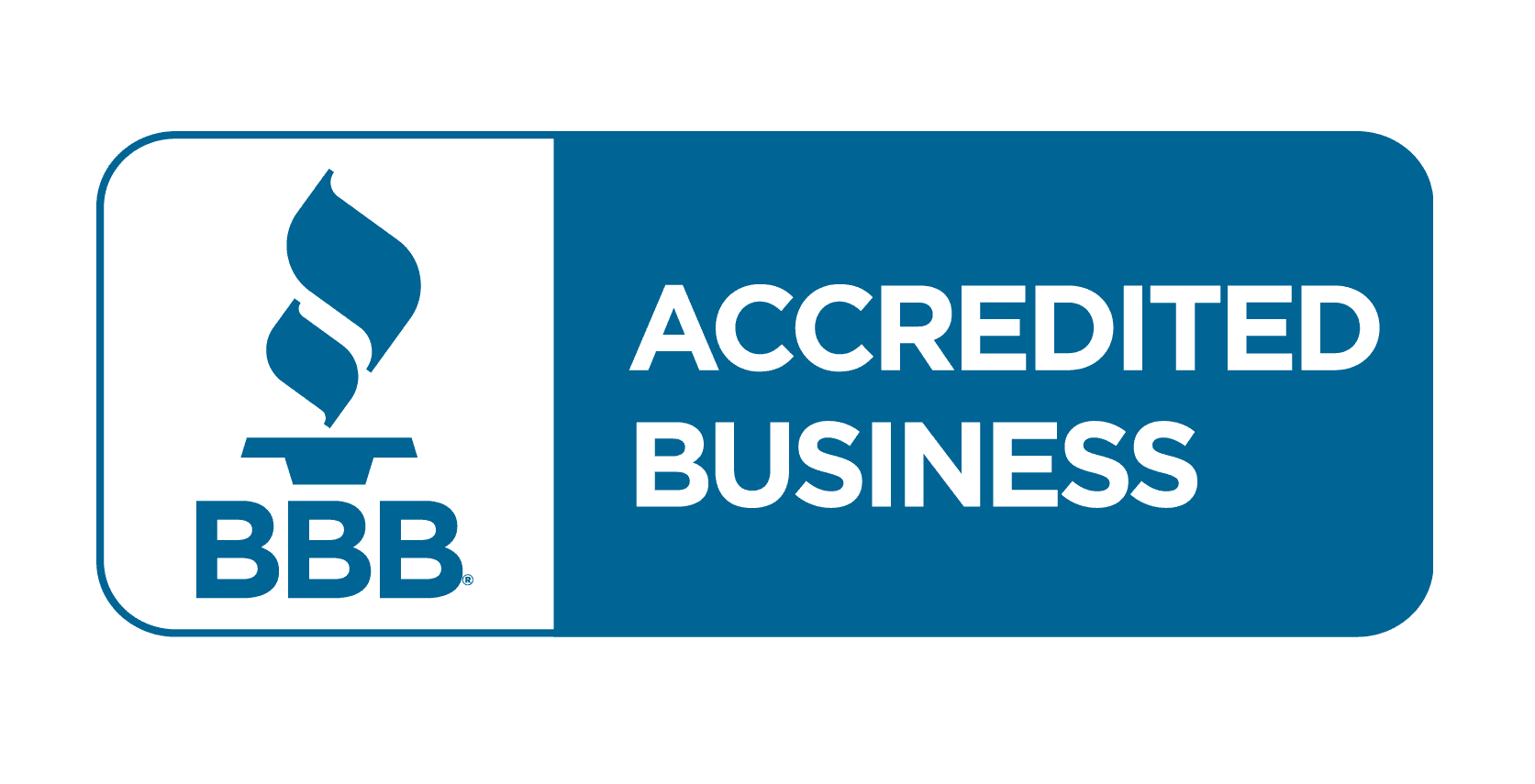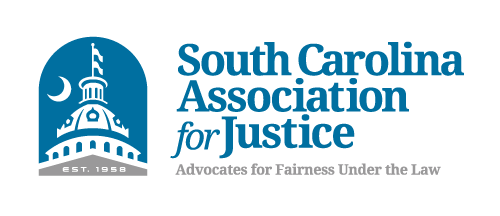People often want to know what they can do to reduce the risk of car accidents, and with good reason. In recent years, the rate of fatal car collisions in South Carolina has climbed steadily – even during 2020, when fewer people were commuting to work and social events due to the pandemic. By the end of 2021, there were more than 1,080 traffic accident deaths in the state (up from 981 in 2017), and countless more injuries.

Medical bills from car crashes can be financially devastating for many working families. According to the CDC, traffic accidents cost Americans $55 million in medical costs and lost wages at work in 2018 – and those were only the expenses of people in fatal crashes. Those who suffered injuries and survived accounted for millions more in medical expenses, in addition to physical and mental pain and suffering.
One thing you can do to reduce the risk of accidents is to take a defensive driving course, or at least learn more about the principles. Here are some things you should know about defensive driving:
What Is Defensive Driving?
This is the practice of driving in a way that allows you to recognize, assess, and respond to common road hazards in a predictable manner. The idea is that while you can’t control what other drivers do on the road, you can control your own driving and how you respond to those other drivers. “Hazards” can include issues with other vehicles, pedestrians, bicyclists, or even objects like debris in the road or construction equipment blocking your way. All of these things can be handled more safely if the driver is prepared and knows how to deal with them.
Benefits of Defensive Driving
Aside from improving your driving and helping to reduce your risk of getting in a car crash, defensive driving courses can have other benefits. In South Carolina, driving offenses are calculated using a points system, where each conviction for a traffic infraction, like speeding or running a red light, adds points to your driving record. The points for each violation are halved a year after they’re added, then the remaining half are removed after another year. As a result, one traffic violation is not usually a large problem, but multiple convictions can be.
When you get to six points on your driving record, the state sends you a letter essentially admonishing you to drive more carefully. At twelve points, your driver’s license will be suspended. (There are also a few serious infractions that require your license to be suspended regardless of points, such as certain DUI offenses.)
Defensive driving courses can be used to reduce points or, in some cases, to get traffic tickets dismissed entirely through the Traffic Education Program. The Traffic Education Program includes a defensive driving course, community service, and payment of fines.
Who Is Eligible For South Carolina’s Defensive Driving Courses?
Drivers taking defensive driving classes through the state must meet certain eligibility requirements, but most people are able to enroll. You will not be able to take the course if:
- You don’t currently have a valid driver’s license
- You have a significant history of traffic violations
- You’re dealing with a major traffic charge
- You have offenses with no points value
- In some situations where you have previously taken a defensive driving course (eligibility varies some based on the individual situation)
If you are taking the defensive driving course to get a ticket dismissed, you will need to fill out an application, take the four-hour defensive driving course, perform four hours of community service with a local non-profit, and pay all applicable fees and fines. You will also have to get approval to receive credit for the course, so if you do not hear back before the course starts, it’s a good idea to follow up. These steps should be completed within 120 days of your application, or the ticket will go on your driving record anyway, and you may also receive extra fines.
If you are trying to reduce points on your driving record, you will need to take an eight-hour defensive driving course. Both programs are now offered online or in a classroom, and you can take them in multiple sessions if you don’t have eight hours in one day to devote to the class. In both courses, you will learn the following:
- Defensive driving skills
- How drugs and alcohol affect your driving
- How to correctly use safety equipment like anti-lock brakes, seat belts, airbags, and child car seats
- How to avoid road rage or aggressive driving situations
- Techniques to drive safely
- How and why to avoid distractions while driving
- Current traffic laws and regulations in South Carolina
Other Benefits Of Defensive Driving Courses
You do not have to wait until you get a ticket or accumulate points on your driving record to take a defensive driving course. In fact, it may save you money to go ahead and take one right now. Frequently car insurance companies offer discounts to clients who have completed an approved defensive driving course. These range from 5 to 20 percent, with most consumers saving around 10 percent on average.
If you hope to earn an insurance discount, it’s a good idea to check with your insurance agent or on the insurer’s website to see how much of a discount you will get, and if you are eligible. Some companies only offer these price reductions for certain groups that have higher rates of accidents, like new drivers or mature drivers. However, other insurers may offer a discount to anyone who completes the defensive driving course. Your insurance agent should also be able to advise you on which courses count for the discount.
However, even if your insurance doesn’t offer you a direct discount for taking a defensive driving program, it may still help you save money on your premiums. By implementing the techniques you learn in a defensive driving class, you’ll not only reduce your risk of a serious accident, but you’ll also lower your risk of getting traffic tickets. Both of these things can lead to an increase in premiums, while some companies offer “safe driving” discounts if you don’t have an accident or get any tickets.
Many carriers use South Carolina’s insurance reduction defensive driving course, which is a six-hour program that teaches defensive driving skills and provides safety resources. The course includes:
- How to avoid collisions
- Techniques for defensive driving
- Education about impaired driving with drugs or alcohol
- Habits for responsible driving
- Understanding and using the safety features of your vehicle
- Traffic laws and regulations in South Carolina
Crash Prevention Skills in Defensive Driving Courses
One of the most important parts of any defensive driving course is learning how to avoid collisions when driving. A defensive driving class will go into more detail and offer helpful pointers and examples, but here are some basic steps you can implement now to drive more safely and reduce the risk of crashes:
- Continuously scan the roadway when driving, and be alert for any potential hazards
- Use the three-second rule to maintain a safe following distance
- Make sure you know how to calculate your vehicle’s stopping distance, and if you don’t, learn how
- Understand reaction distance
- Look out for environmental hazards
- Know what to do when a vehicle emergency happens
- Share the road with others – pedestrians, bicyclists, motorcycle riders, etc.
- Know what is an acceptable clear distance for you to pass another vehicle
- Understand who has the right-of-way in various driving situations
- Learn to adjust your speed for circumstances, and how to respond to railroad crossings
As you can see, many of these points require further education, which is provided in a full defensive driving course.
Being Aware Of Your Surroundings
This is one of many important tenets of defensive driving. The sooner you spot a potential problem, the more time you have to address it before it’s too late. Aside from scanning the road, you should also check your blind spots frequently so you can be aware of other vehicles nearby. Looking in your mirrors regularly is a great habit to be in, but you should also physically turn your head and take a quick look at your blind spot before changing lanes or turning, just to be sure.
You can also help other people on the road to be more aware of you. Check your lights and turns signals periodically to ensure they’re in good working order, and replace any that aren’t. Always use your lights at night or in poor visibility situations, like cloudy or foggy days. Use your turning signals every time you turn or change lanes, to let other people on the road know what you’re doing.
Responding To Less Conscientious Drivers
Yes, it’s frustrating: You work hard to drive safely, and then some thoughtless motorist zooms by you at high speed, nearly forcing you off the road. Or you have to slam on the brakes to avoid a collision in an intersection, even when you had the light! Of course, it’s irritating to face reckless drivers on the road, but another thing you’ll learn in a defensive driving course is how to stay calm and handle these situations as safely as possible.
You’ll go over a wide variety of “bad driver” issues you may encounter in your defensive driving class, and learn specific techniques to keep yourself safe. In general, it’s best to give speeding or otherwise reckless drivers a wide berth. You can’t stop whatever they’re doing, but you can put distance between your own vehicle and theirs. This can prevent you from being involved in the wreck they might have down the road.
As for tailgaters, move to the right lane or pull over as soon as you can do so safely, and let them go around if they’re in such a hurry. It can be tempting to speed up or hit your brakes to try to get them to back off, but this can just make them angry and encourage more thoughtless driving. It may also raise the risk of an accident. Letting them go around will only take a few seconds, and will defuse the situation peacefully.
Finally, resist the urge to give in to “road rage” yourself, even when other drivers or issues in your life can be infuriating. Defensive driving classes teach you to set your feelings aside, stay calm, and focus on what you can control in the moment – your own driving. You may want to play some calming music or listen to a meditation podcast if it helps you to relax and pay attention to what you’re doing. (Just don’t get distracted fiddling with the radio. Find the right channel or start your podcast before driving out of the parking lot.) If another driver makes you angry, you can always try the old trick of taking a deep breath and counting to ten. Whatever you do, don’t give in to the urge to yell out the window, exchange hand gestures with the other driver, speed up or slow down suddenly, or do anything else to escalate the situation.
How Much Do Defensive Driving Courses Reduce Your Risk On The Road?
People who employ the techniques taught in defensive driving courses may reduce their risk of dying in a car accident by as much as 90 percent. For example, one study found that drivers younger than 25 have a traffic fatality rate of 13 in 20,000. However, people in this group who graduated from a defensive driving course have a traffic fatality rate of only 1.1 in 20,000, or 90 percent lower than the national average.
If you or a loved one have been injured in a car accident, don’t hesitate – please contact Auger and Auger Accident and Injury Lawyers for a free consultation. We’re happy to review your case and discuss your options for seeking damages. There’s no obligation, and if you do choose to let us represent you, we offer a zero fee guarantee – if we don’t win your case, we won’t charge you any fees. Call (800) 559-5741 or contact us online today.


